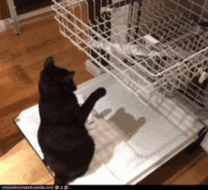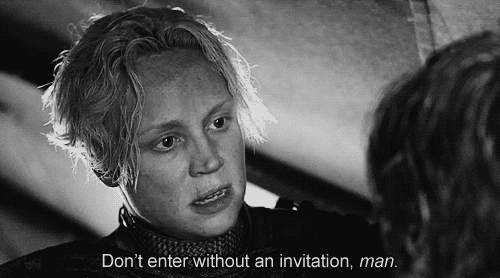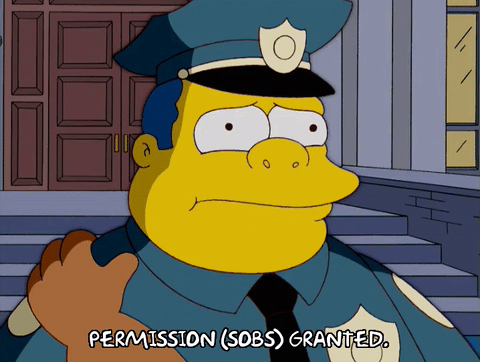by Nina Post
Talking to Yourself (Out Loud) Can Help You Learn
"To help him outperform his younger colleagues, Ross asked himself lots of questions. He would constantly query himself as he read through the assigned texts. After each paragraph, after each sentence, he would ask himself: “What did I just read? How does that fit together? Have I come across this idea before?”"
My husband likes to talk things out for more complicated tasks (he kind of mutters through it), and we find it's really helpful to learn something then explain what we learned right away. Trying to articulate what you just learned and answering questions about it gives you a deeper understanding of it. Here are some of my tips for metacognitive competency.
Guidelines for a pitch practice meetup
In my most recent post, I talked about how get more practice with public speaking. Here's an interview with the guy who started a pitch practice meetup in Atlanta - there are some good details about guidelines and how it's organized.
"But the wider point is that agile is not just a process, it defines a culture. This is what agile practitioner Michael Sahota described as the difference between doing agile and being agile. It’s the difference between practices and mindset."

Creative Careers Demand Reinvention
"Inventing and re-inventing. Making it work. I always remember something the rapper Ice Cube told me: “Ain’t nobody givin’ up no ass.”
The Secret to Powerful Goal Setting
"Crystal clear goal setting can be really powerful—it’s the type of goal setting that gets you out of bed in the morning and keeps you motivated… for the entire year."
The Subtle Art of Living a Good Life: A Conversation with Jonathan Fields and Mark Manson
“A good life isn’t a place that you can mentally get to and then you’re good. It’s a practice. It’s a daily practice, and it builds over weeks and months and years.” Long, but well worth the read.
What You Should Do As Soon As Your Facebook Live Broadcast Ends
"There’s a lot more you can do to squeeze some extra mileage out of your video after the camera turns off.
What can you do to make your live broadcasts as valuable as possible after they end?"
The Germaphobe’s Guide to Airplane Travel
I do all these things: I always wipe down the tray table, everything around me, and everything they hand me with sanitizing wipes. I use a paper towel to touch anything in the bathroom, and would never ever take one of the blankets. Anyone gets too close, I spray them with Lysol.
Have a great weekend!






